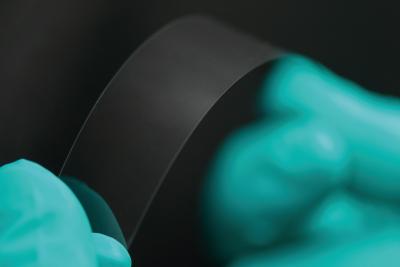This is a sponsored post by 3D-MicroMac
Laser cutting processes of glass materials based on filament technology have been increasingly adopted in industrial applications. Besides standard glass thicknesses ultra-thin glass offers exciting opportunities for further improvements of new devices.

The main reason for this is the perfect match of material properties like mechanical resistance and flexibility as well as optical performance. The required machining processes to perform perimeter cutting as well as structuring and via drilling are confronted with high quality requirements.
With the current available laser processing technologies those qualities can be achieved with simultaneous easy automation. This ability to be automated is of critical importance, especially for applications that target the mass market with their end products.
However, the real advantage of the technology comes from its almost unlimited free-form capability. In addition to established manufacturing processes for glasses of medium thickness from 0.2 to 2 mm, an increasing number of applications with ultra-thin glasses of 30 to 100 μm are entering the market. These applications also require further development of the process and
fab technology.
The motivation for using ultra-thin glass as an OLED substrate lies in its strong barrier effect compared to the previously common plastic barrier films. Due to the lack of defects in the glass film (pinhole-free), defect-free, homogeneous OLED luminous surfaces with significantly longer lifetimes on flexible, cost-effective substrates are possible.
Another application area for ultra-thin glasses is the display industry. The trend in this segment is strongly influenced by the desire for flexible, malleable and portable electronic devices. Clear innovation drivers here are above all foldables or portable smart devices, for example with augmented reality (AR) or virtual reality (VR) functionality.
Download now 3D-Micromac’s white paper for free and learn more on the opportunities of laser filamentation technology based on applications for OLED-based lighting and glass components in the display field.
For more information on 3D-Micromac and its laser micromachining systems, please visit https://3d-micromac.com

